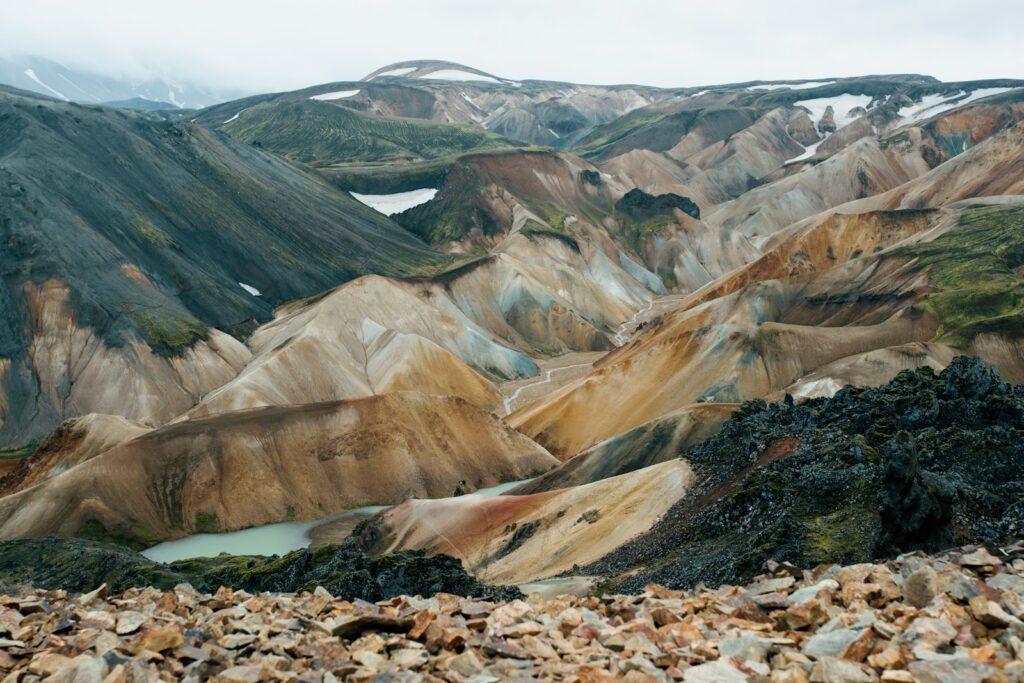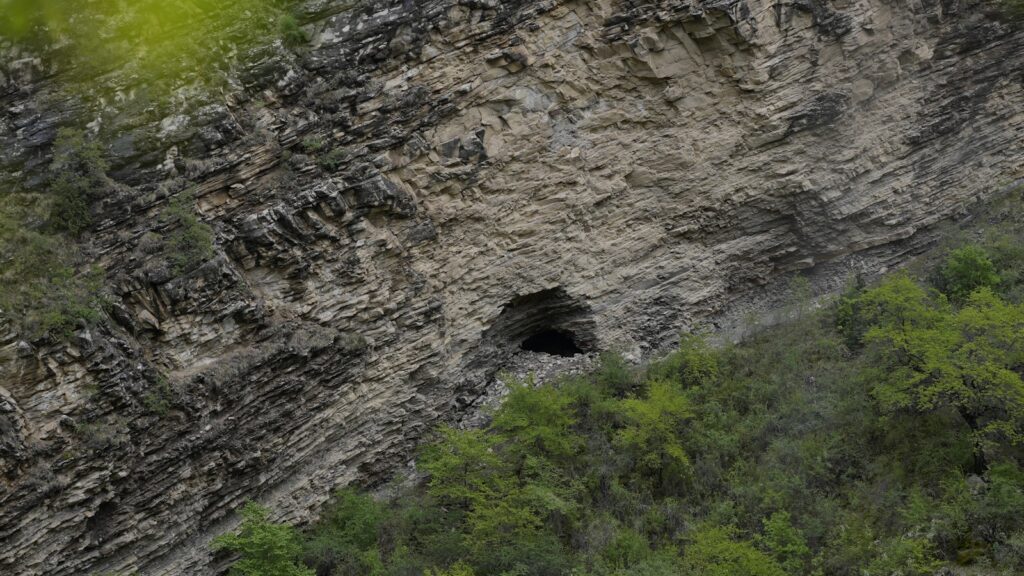Blooming Revolution: Did Flowering Plants Spark Dinosaur Diversity?
Picture this: a world where massive dinosaurs roamed through landscapes painted in nothing but green. No vibrant flowers, no colorful petals dancing in the breeze, no sweet nectar to attract buzzing insects. This was Earth during the early Mesozoic Era, a time when conifers and ferns dominated the plant kingdom. But around 130 million years ...











